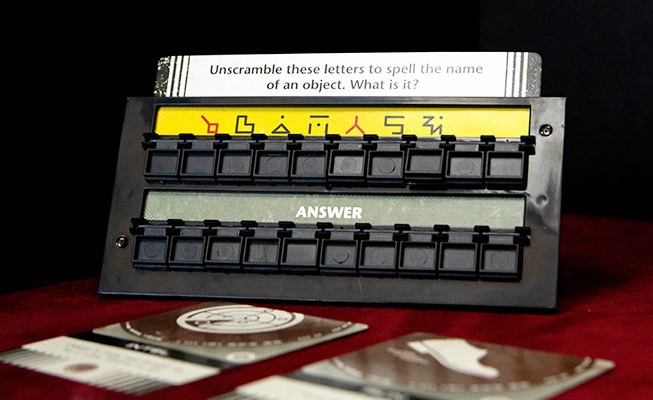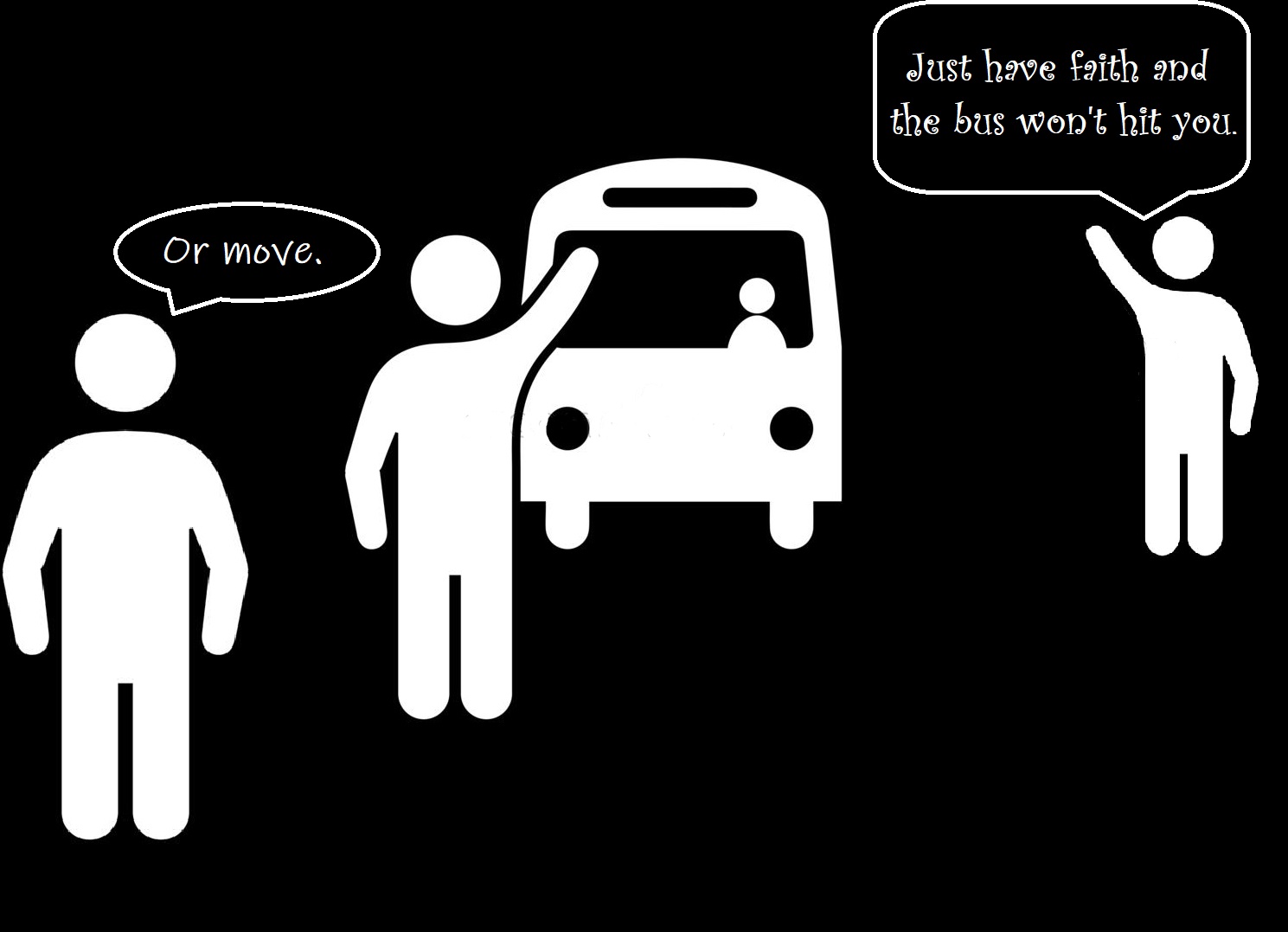Complex Solutions
By Anthony Casperson
10-30-21
The four players moved their characters around the board. Their mission? To collect symbols that related to a code. With each new symbol discovered, they unlocked the letter of the alphabet related to it. And once they had unlocked enough letters in the problem for them to know the solution of what it said, they needed to check and see if they were correct.
Gathering every letter before guessing the solution was not an option. There was no time for that. Solving the puzzle required a little work. But the jumps in logic were pretty easy. And the players found themselves with the correct solution.
But that was the first game.
See, as the game progressed in its campaign mode, the problem became more difficult. Thus, the solutions needed to expand beyond the simple Symbol=Letter solution.
Through the next few games, the players came across a solution that needed to be read backwards. And even later, the symbols represented letters that then also needed to be decrypted with another cipher where the letters had to be shifted up a certain number of letters in the alphabet. Like the letter A would actually represent the letter F in the puzzle’s solution.
The players were learning to be codebreakers, slowly being shown several of the more common ciphers. And there was still more game to come, but it has yet to be seen if they’ll continue the game.
While I was watching the gameplay, my mind went to a puzzle problem that I handed the players of the RPG campaign of which I was the DM. I knew that the actual quest associated with the puzzle wasn’t all that difficult in and of itself, but I wanted there to be some challenge in the quest. So, I devised the problem.
My players were handed a sheet of paper with four paragraphs, each with forty-six words in them. The words were jumbled around into an incoherent mess, but there was a pattern. The paragraphs each came in four rows of ten words and a fifth row with six.
Right about the time that my players started shaking their heads, another character delivered a piece of paper with a jumble of numbers. Although there was only a single set of numbers, it came in a pattern of four rows of ten numbers and a fifth row of six numbers. And each number from one to forty-six was represented.
They quickly figured out that the numbers represented the words in each paragraph. And the word in the same spot of the pattern as the number one was the first word of the actual paragraph. Thus all they needed to do was write down the word in the same row and column as the numbers, going from one to forty-six.
However, the top of the four paragraphs also revealed another part to the solution. The paragraphs actually needed to be read “from bottom to top.” For the message to make sense, they had to read the bottom paragraph first, then the one above it, and so forth.
They also found evasive language in the message. For instance, the terms “target” and “task” could be found in the message. And even which city in which they were to perform the mission was not mentioned. My players had already known that much information, so the quest-giver NPC could be nebulous.
So, what’s my point with these examples? Am I just trying to brag about my ciphering abilities?
No.
But what both games show us is that simple solutions are for simple problems, while complex problems require complex solutions. If you only took the Symbol=Letter solution in later puzzles of the one game, you’d quickly find yourself confused and unable to deal with the task at hand.
Likewise, the puzzle I created for my RPG players had a method to decrypt the problem, but there was another piece to the solution hidden within the first layer of solving it. If they didn’t pay attention while solving one part of the problem, they could’ve been just as confused and misled.
Plus, they needed to rely on information gathered previously as well. Their particular interactions and conversations before helped them in understanding details that only made sense because they had experienced that part of the solution at an earlier time.
And the idea of simple solutions leaving us confused, misled, and/or aggravated while dealing with complex problems is even more true in the practical sense of our lives. There are plenty of times when being told, “Just do _______” doesn’t really cut it for the complexity of the problem before us.
It’s not that such simple solutions are bad or harmful. After all, the solution for a simple problem might just be one piece of the more complex solution. But assuming a one-size-fits-all solution will not help us with complex problems.
For followers of Jesus, the statements of “Just have faith,” “Trust in God,” and “Jesus is the only answer you need” probably have come up more than once. And sure faith produces an enduring patience, which in turn produces maturity in the life of the follower of Jesus. James writes that in the first chapter of the book that bears his name.
But maybe what the person needs that maturity and enduring patience for is to wait for a person whose willing to help more than just by saying trite things. After all, James writes in the very next chapter that if we see a brother or sister in Jesus who’s poorly dressed and hungry, and we say “Be warm and well fed,” and send them on their way without doing anything, what good is that?
James’s point in those verses is that faith requires action. But what if the person with the problem has no idea what to do or how to act in regard to their problem? Can they find a solution as they just sit by and believe really hard?
No.
There needs to be a step in the solution that helps the person to be able to use their faith in a way that actually solves the problem. Otherwise, they’re left with nothing more than confusion, misunderstanding, and anger at the fact that the problem exists. And that’s just another problem added, not a solution.
So please, as we exist in this world, let’s stop offering only simple solutions to complex problems. Not only will the forced solutions not help, but they’ll often make things worse.
And remember the idea from James too. It’s always better for someone to help another with a problem by actually doing something for them, instead of merely giving them well-wishes and sending them on their way.
Let’s seek solutions that actually have meaning and can help.




